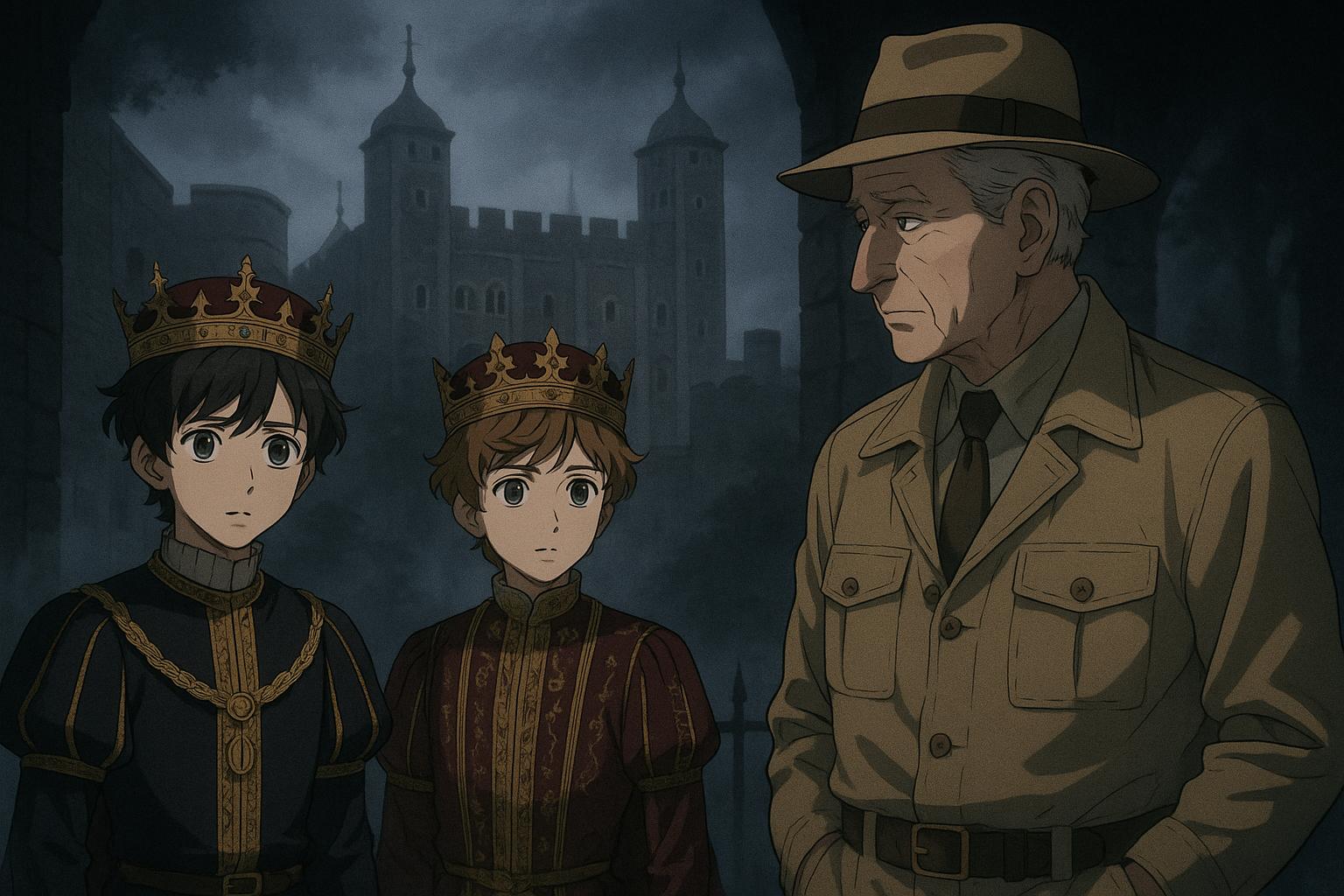The enigma of the Princes in the Tower, a historical mystery that has entranced scholars and the public alike for centuries, may see new light thanks to the support of King Charles III. This age-old tale involves the fate of young Edward V and his brother Richard, Duke of York, who vanished from the Tower of London in 1483 shortly after the death of their father, King Edward IV. The account is steeped in intrigue, with speculation surrounding the involvement of their uncle, Richard III, who declared himself king soon after the boys’ disappearance, thereby casting a long shadow over the legitimacy of the Tudor dynasty.
King Charles, who has a background in archaeology from his studies at the University of Cambridge, is reportedly keen to pursue an investigation into the remains thought to belong to the princes. Historical records indicate that two children's skeletons were discovered near the White Tower in 1674, leading to their interment in Westminster Abbey at the directive of King Charles II. Any further investigations into these remains require the consent of the reigning monarch, a barrier that may now be lifted under Charles III's more open disposition towards such inquiries.
Tracy Borman, Chief Curator of Historic Royal Palaces, has highlighted that King Charles III has expressed a desire to establish the true identities of these skeletal remains. She noted, “He has said he would like an investigation to go ahead, so that we can determine, once and for all, how the young royals died.” This marked difference in attitude towards the investigation compared to his late mother, Queen Elizabeth II, who had been less inclined to support forensic examinations of the remains.
The political and familial complexities surrounding the princes’ story add a rich layer to this investigation. After their father's death, the boys were placed into the care of their uncle, who swiftly asserted his claim to the throne, branding the princes as illegitimate. The last confirmed sighting of Edward and Richard occurred in the summer of 1483, after which they disappeared into the annals of history, their fate a source of speculation and storytelling for generations.
Historians and archaeologists are now contemplating modern methods to scrutinise the remains more closely. Such advancements in forensic science could potentially provide conclusive evidence regarding the identities of the corpses and the circumstances surrounding their deaths. In a recent analysis, Professor Tim Thornton uncovered new evidence suggesting that Richard III might indeed have played a pivotal role in the disappearance of his nephews. This was supported by references to a personal belonging of Edward V within historical documents concerning Richard’s associates, igniting further debate among historians.
With King Charles's backing, a renewed push for DNA testing on the remains could lead to a resolution of one of British history's most captivating mysteries, blending speculation with the potential for empirical evidence. As discussions evolve, the hope remains that the investigation could finally offer closure to a story that has long haunted the royal lineage and the public imagination alike.
As this historical investigation unfolds, it highlights not only the enduring fascination with the monarchy's past but also the intricate connections between power, legitimacy, and the quest for truth in history.
##Reference Map:
- Paragraph 1 – [1], [5]
- Paragraph 2 – [1], [4], [2]
- Paragraph 3 – [2], [3], [6]
- Paragraph 4 – [5], [6]
- Paragraph 5 – [7]
Source: Noah Wire Services
